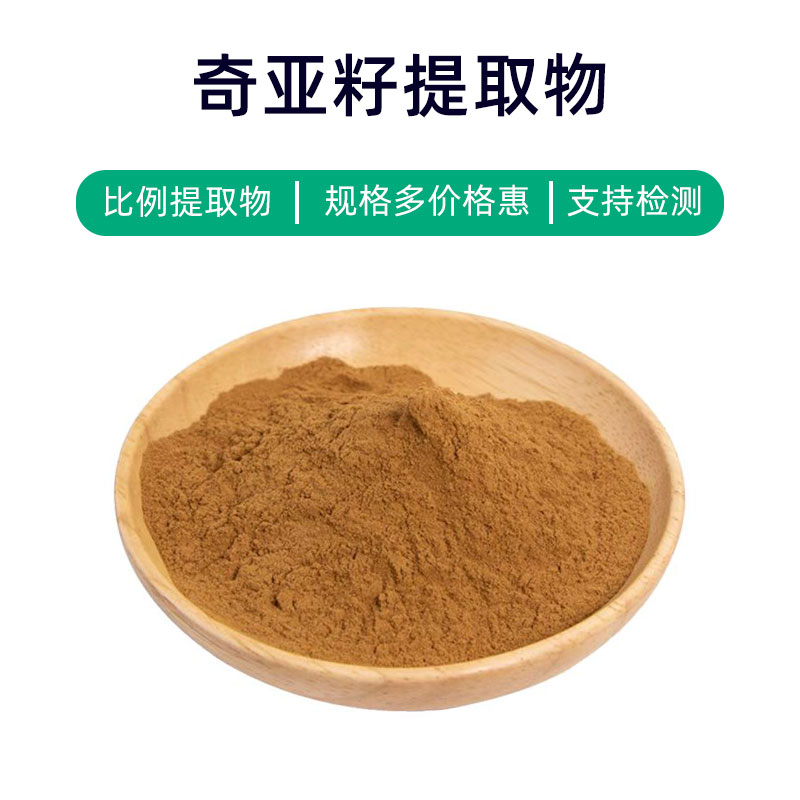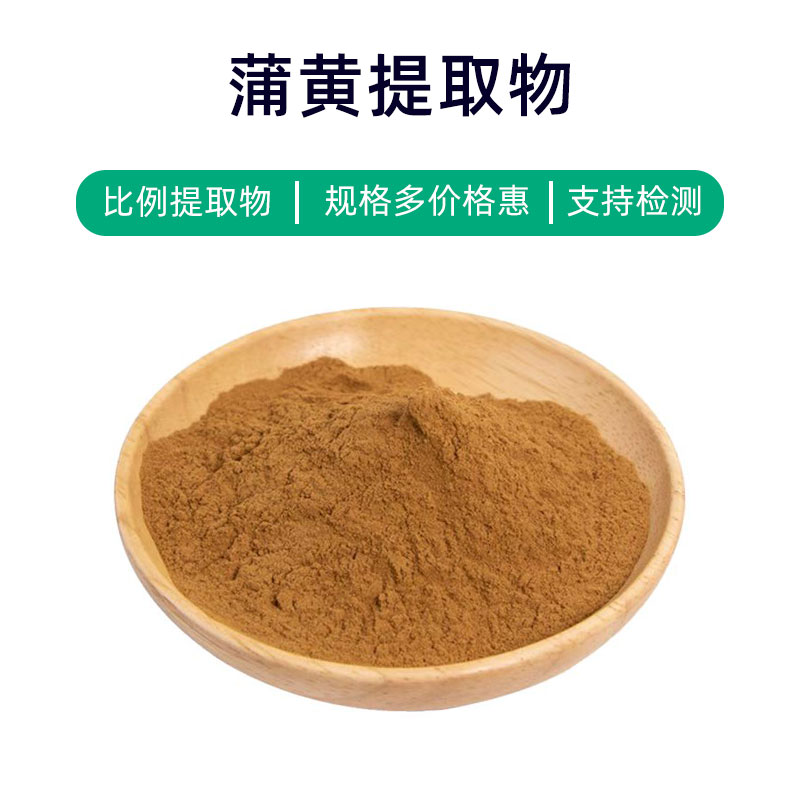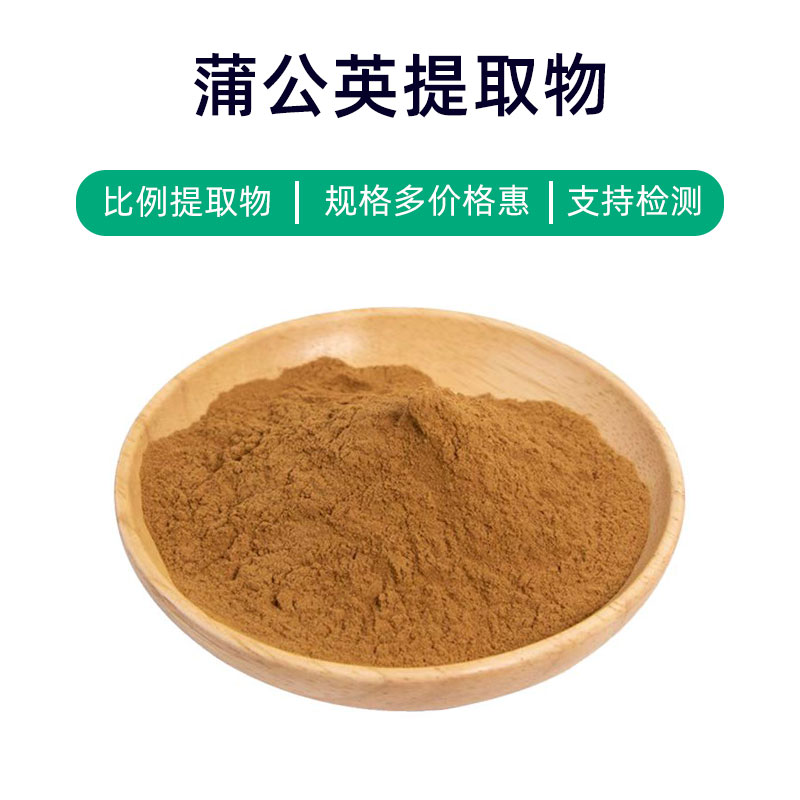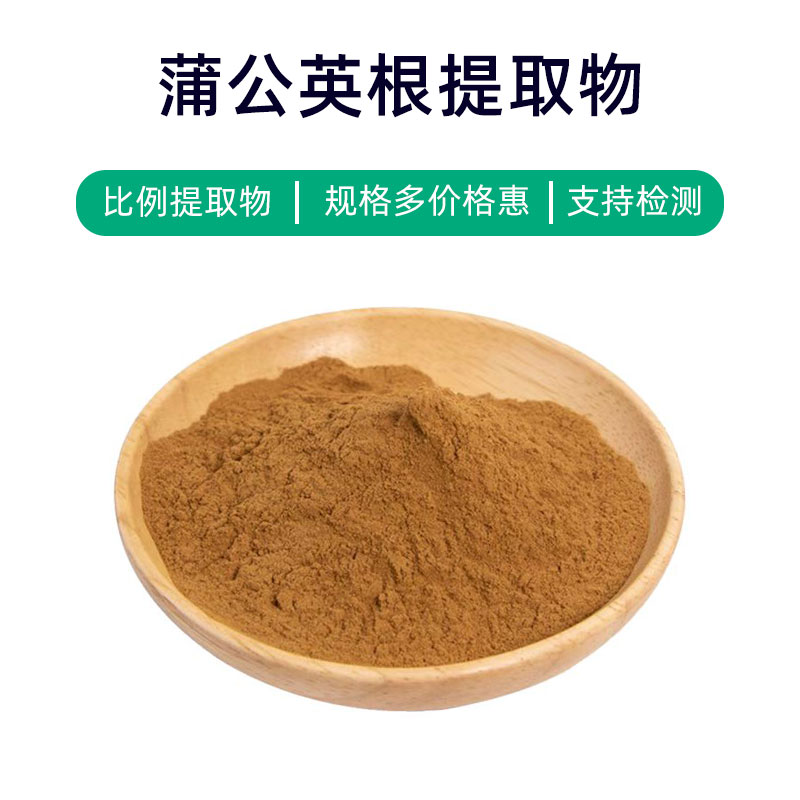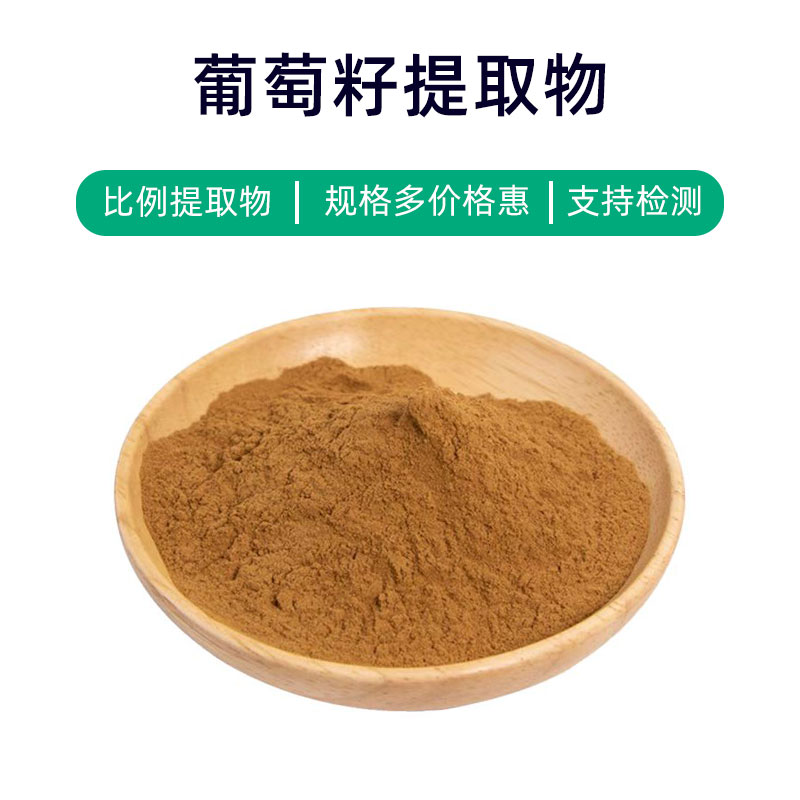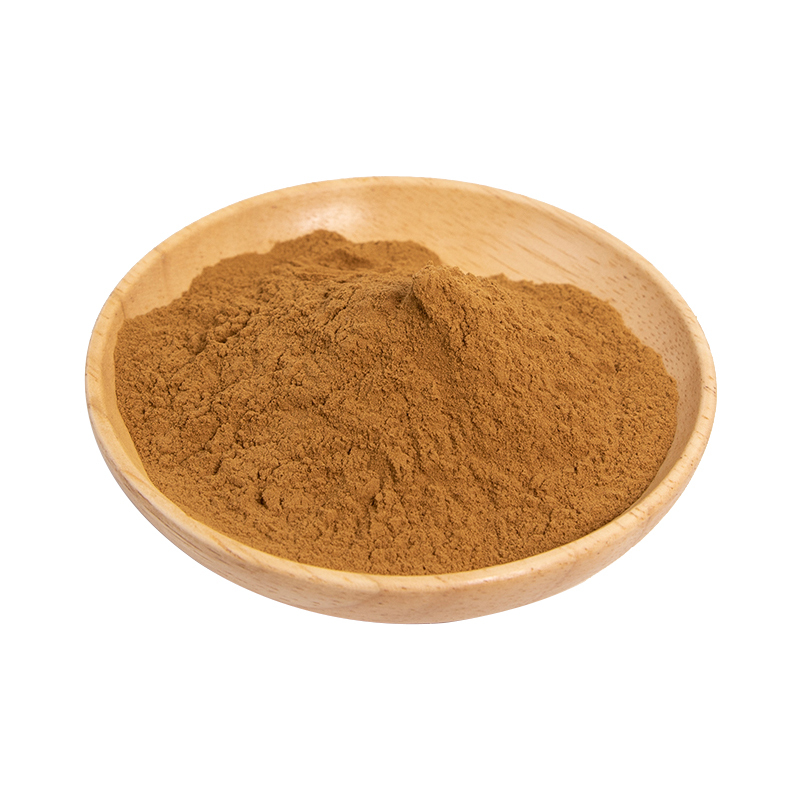Black Truffle Extract Product Introduction
Black truffle extract is a natural nutrient derived from the fruiting bodies of the black truffle (Tuber melanosporum). Its main components include abundant polysaccharides, proteins, fats, amino acids, vitamins, and minerals. These components provide black truffle extract with a variety of benefits and applications.
Firstly, black truffle extract is widely used in the food industry. Its unique aroma and flavor enhance the taste of food and are often used as flavoring agents and seasonings to improve food palatability.
Secondly, it is also commonly used in health supplements. The rich polysaccharides and amino acids help boost the immune system and improve overall health. Common forms of health products include liquid formulations and capsules.
Additionally, black truffle extract is utilized in cosmetics and skincare products. Its antioxidant, anti-inflammatory, and moisturizing properties help improve skin texture, reduce wrinkles, and diminish pigmentation, making skin smoother and more delicate.
In summary, as a natural nutrient, black truffle extract has broad application prospects. It not only adds flavor to food but also provides beneficial support for health and beauty.
Black Truffle Extract Production Process
The production process of black truffle extract typically includes the following steps:
- Raw Material Preparation: Select fresh black truffle fruiting bodies as raw materials. Ensuring the freshness and quality of the materials is crucial to the final product's quality.
- Washing and Grinding: Thoroughly wash the collected black truffles to remove dirt and impurities. Then grind the cleaned truffles into a powder to enhance extraction efficiency.
- Extraction Process: Use appropriate extraction methods, such as water extraction or supercritical fluid extraction, to extract the active components from the truffle powder. Control temperature, pressure, and solvent concentration during the extraction to ensure efficiency and product quality.
- Filtering and Concentrating: Filter the extracted liquid to remove solid impurities and residues. Then use suitable concentration methods to concentrate the extract to the desired level, improving the purity and active ingredient content.
- Drying and Pulverizing: Dry the concentrated extract using methods like spray drying or vacuum drying to create a powdered form of black truffle extract. Then pulverize the powder to achieve a uniform, fine particle size.
- Packaging and Storage: Package the obtained black truffle extract, usually in sealed packages to prevent oxidation and humidity. Store in a dry, cool, and ventilated environment, avoiding direct sunlight and high temperatures.
In conclusion, each step of the black truffle extract production process needs to be strictly controlled to ensure the quality and stability of the final product.
Effects and Side Effects of Black Truffle Extract
As a natural plant extract, black truffle extract exhibits significant effects and benefits in multiple fields. Here are the main effects and benefits of black truffle extract:
- Antioxidant Effects: Rich in various natural antioxidants, such as polyphenols and vitamin C, it effectively eliminates free radicals, slows down cell aging, and enhances the body's resistance.
- Immune Regulation: The polysaccharides in black truffle extract have good immune-regulating properties, enhancing immune function and preventing infections and diseases.
- Anti-inflammatory Effects: Rich in bioactive components, black truffle extract offers notable anti-inflammatory properties, which can alleviate inflammatory responses and pain, assisting in conditions like arthritis and rheumatic diseases.
- Improving Cardiovascular Health: The polyunsaturated fatty acids and phytosterols in black truffle extract help lower blood lipid levels and regulate blood pressure, improving cardiovascular health and preventing cardiovascular diseases.
- Anti-tumor Effects: Some studies suggest that the active components in black truffle extract can inhibit tumor cell growth and spread, showing promise as an adjunct in cancer treatment.
- Liver Protection: Black truffle extract is rich in polysaccharides and antioxidants, helping to protect the liver and promote the regeneration of liver cells, offering some protection against conditions like liver dysfunction and fatty liver.
- Memory Enhancement: Some studies have shown that certain active components in black truffle extract protect brain neurons, improving memory and cognitive function, which may help in the prevention and treatment of dementia.
- Skin Improvement: The polysaccharides and vitamins in black truffle extract help maintain skin moisture balance and promote collagen synthesis, providing skin hydration and anti-aging effects for use in beauty and skincare products.
Despite the various benefits, individual differences and dosage principles should be respected to avoid adverse reactions. Thus, consulting a doctor or professional before use is recommended.
Application Scenarios and Dosage of Black Truffle Extract
As a valuable natural plant extract, black truffle extract has a wide range of applications in medicine, food, and cosmetics. Here are its application scenarios and dosages in different fields:
- In the Medical Field:
- Uses: Black truffle extract is widely used in traditional Chinese medicine formulations, for immune regulation, anti-inflammation, and antioxidant purposes.
- Dosage: Common formulations include oral preparations and injections, with dosages typically based on medical advice or product instructions, usually requiring physician supervision.
- In the Food Industry:
- Uses: Black truffle extract can serve as a natural flavor enhancer in food processing, imparting a unique aroma and taste while also increasing nutritional value.
- Dosage: The amount used in food processing varies according to the characteristics and flavor requirements of different foods, often needing to be determined based on the food recipe.
- In the Cosmetics Industry:
- Uses: Black truffle extract is often found in high-end skincare products, providing hydration, anti-aging, and skin repair benefits, improving skin texture and enhancing radiance.
- Dosage: In cosmetics, it typically appears as serums, masks, and lotions, with usage amounts recommended according to product specifications.
- Other Areas:
- Health Supplements: Black truffle extract is commonly found in health supplements that aim to boost immunity and delay aging; dosages should follow product guidelines.
- Fragrance Products: The unique aroma of black truffle extract is also often used in perfumes and scented products, with usage determined by product design and personal preference.
It is important to note that the ingredient ratios and dosages may vary between products, and usage should align with product instructions or doctor's advice to avoid overuse. Additionally, individual differences may lead to varying reactions to the product, and any discomfort should prompt immediate consultation with a healthcare professional.
Introduction to the Source Plant of Black Truffles, Distribution and Growth Environment
Black truffles (scientific name: Tuber melanosporum), also known as black truffle, are a precious underground fungus belonging to the truffle family. The following sections introduce the source plant of black truffles, their distribution, and growth environment.
- Source Plant:
- Name: Black truffle.
- Plant Classification: Black truffles are not typical plants but a type of underground fungus.
- Appearance: The exterior of black truffles is black, usually featuring irregular bumps and ridges, with a unique oily texture.
- Internal Features: The internal structure is homogenous, creamy white or light gray, firm, and aromatic.
- Distribution:
- Geographical Distribution: Black truffles are primarily found in Mediterranean coastal areas, including countries like France, Spain, and Italy, with French black truffles being especially renowned.
- Growth Environment: Black truffles generally grow near the roots of trees such as pines and oaks, typically found in rocky or clayey soils. Their growth environment is crucial for truffle formation and quality, requiring suitable soil conditions, adequate moisture, and moderate temperatures.
- Growing Environment:
- Soil Requirements: Black truffles prefer to grow in loose, well-drained, rocky or calcareous soils.
- Climate Requirements: Ideal climatic conditions are essential for black truffle growth, usually necessitating warm, dry summers and somewhat humid winters.
- Host Plants: Black truffles primarily associate with the roots of coniferous plants (such as pines) and oak family plants, forming a symbiotic relationship to obtain nutrients.
In summary, black truffles are a precious underground fungus that thrive in the suitable climate and soil conditions of Mediterranean coastal regions, usually forming symbiotic relationships with host plants like pines and oaks. They are considered one of the elite delicacies, holding significant economic and nutritional value.
Processing and Storage of Black Truffle Extract
The processing and storage of black truffle extract are crucial for maintaining its quality and nutritional components.
- Processing:
- Cleaning: Wash and remove impurities from the harvested black truffles.
- Drying: Use low-temperature drying or vacuum freeze-drying techniques to evaporate moisture from the truffles, extending their shelf life.
- Extraction Process: Apply appropriate extraction methods, such as solvent extraction or supercritical fluid extraction, to extract the active components from the truffles.
- Storage:
- Moisture and Sunlight Protection: Store dry black truffle extract in a cool, dry place, avoiding direct sunlight and humid environments.
- Sealed Storage: Place black truffle extract in airtight containers to prevent air, moisture, and odors from affecting it.
- Cold Storage: Refrigerate black truffle extract to extend its shelf life and maintain its nutritional composition.
- Avoiding Vibration: During storage, avoid severe vibrations to prevent quality deterioration.
In conclusion, the processing of black truffle extract should involve cleaning, drying, and extraction steps. During storage, attention must be paid to moisture and sunlight protection, sealed storage, cold storage, and avoiding vibration to ensure the retention of product quality and nutrients.
Monica Sun is a seasoned expert in the plant extraction industry with over a decade of experience in research and production. She specializes in the extraction and purification of plant active ingredients, focusing on driving innovation in natural product applications. Monica has participated in the development of multiple functional plant extracts, delivering high-value natural raw material solutions for the health food, pharmaceutical, and dietary supplement sectors.









